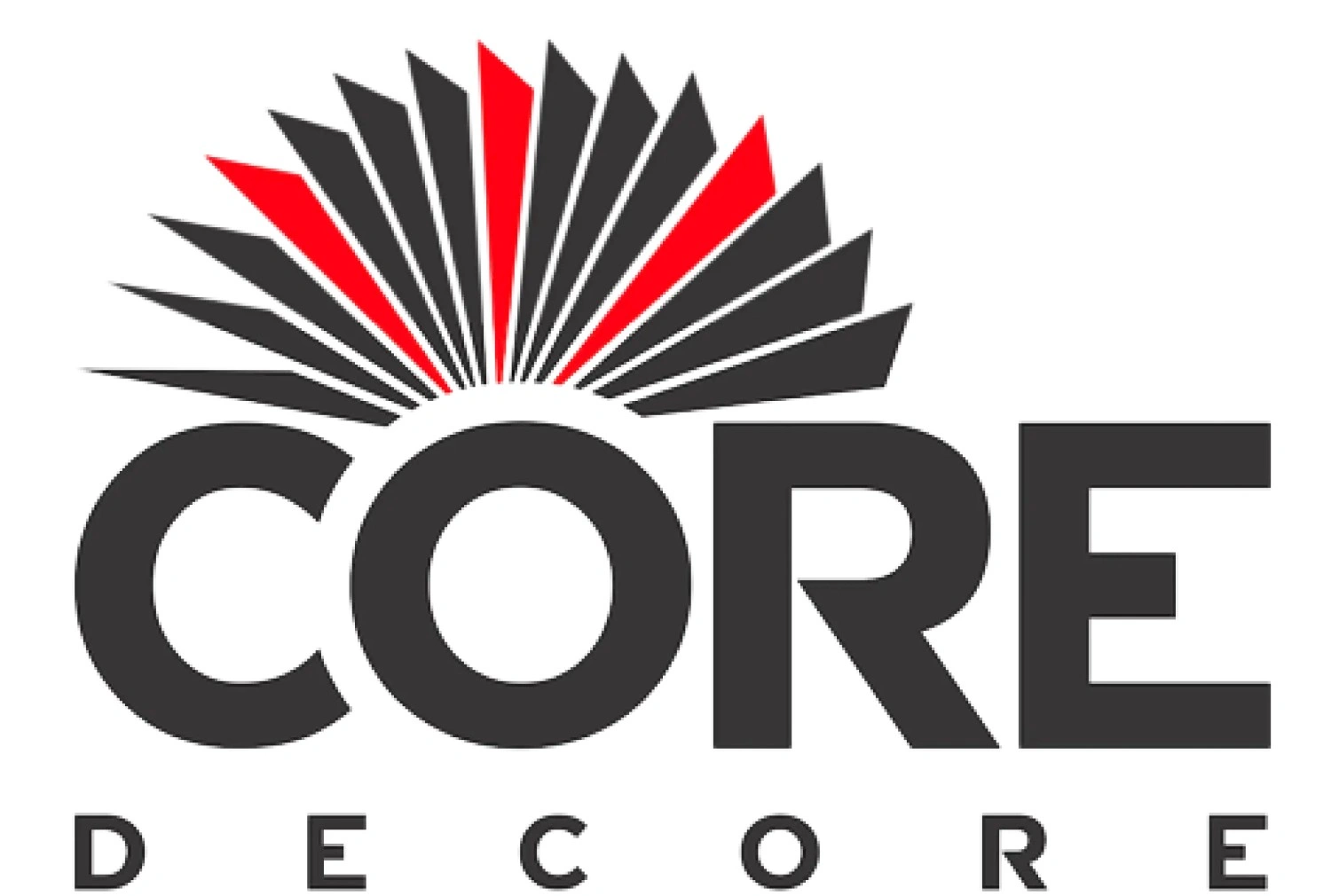Plywood Brilliance: Carpenters' Top Pick for Strength, Style, and Surpassing Wood Wonders!
From the carpenter's perspective, the preference is typically for an option that requires less labor while delivering superior output. Another crucial aspect of this is the accessibility of the material. Let's dive into the craft- why carpenters choose plywood over traditional wood.
- Wood Wars: Unveiling the Plywood Paradox in a World of Timber Traditions!
- Wood wars: War of Strength
- Wood wars: War of dimensional stability
- Wood war: War of maintenance
- Wood war: War of size range
- Wood war: War of versability
- Wood war: War of resistance
- Wood war: War of environmental impact
- Carpenters’s choice of reason
1. Wood Wars: Unveiling the Plywood Paradox in a World of Timber Traditions!
Plywood, a marvel of engineering, is crafted by bonding together delicate sheets of wood known as plies, layered and embraced by thin veneers on both sides. In contrast, traditional wood stands as solid simplicity, a testament to the pure essence of natural slabs.
2. Wood Wars: War of Strength
The layered construction of plywood, with grains running in alternating directions, results in increased strength and durability, surpassing that of some solid wood counterparts. Wood can be attractive to insects and pests, leading to infestations that can compromise its structural integrity. Plywood scores a point in the war of strength as it is highly durable making it an ideal wood for carpenters.
3. Wood wars: War of dimensional stability
Plywood is less prone to warping, twisting, or shrinking compared to solid wood, offering superior dimensional stability in various applications. Wood can undergo dimensional changes due to fluctuations in humidity and temperature, leading to warping, twisting, or shrinking. Wood loses a point as the carpenter looks for longevity that satisfies his customers.
4. Wood war: War of maintenance
Wood often requires regular maintenance, including sealing, staining, or painting, to preserve its appearance and structural integrity. During the manufacturing process, plywood is often treated with preservatives or chemicals that enhance its resistance to decay, fungi, and insects. These treatments contribute to the material's durability, reducing the need for additional sealing or protective coatings. Plywood scores a point in the round of maintenance.
5. Wood war: War of size range
Finding large, solid pieces of wood without defects or irregularities can be challenging, limiting the availability of certain sizes for specific applications. Whereas plywood can be found in a range of sizes. Even if a desirable size is not found, it can be obtained by gluing two plywoods and thickness can also be altered. Plywood hits a point again.
6. Wood war: War of versability
Plywood is suitable for a wide range of applications, and its versatility often means it can be used in areas where solid wood might require more specialized maintenance. Its adaptability reduces the need for frequent adjustments or replacements. Here again loses a point as wood.
7. Wood war: War of resistance
Natural wood is susceptible to decay and rot when exposed to moisture and environmental elements. Plywood is engineered to resist moisture and humidity better than solid wood, reducing the risk of damage due to environmental factors. Here again, plywood knocks down the wood.
8. Wood war: War of environmental impact
Logging and deforestation for wood production can have negative environmental consequences, including habitat destruction and loss of biodiversity. Wood is flammable, and in the event of a fire, it can contribute to the spread and intensity of flames. Here again, plywood hits the spot due to its durability and longevity.
9. Carpenters’s choice of reason
Carpenters often prefer plywood over traditional wood for a myriad of compelling reasons. As earlier said carpenter aims for two things: his pockets should be safe, and at the same time the output should be great and the labor work is less. Plywood clears the test of the greater output due to its nature.
Plywood's cost-effectiveness is another driving factor, as its manufacturing process allows efficient use of resources, making it more budget-friendly compared to solid wood. Thus, his pockets are saved. Carpenters appreciate the uniformity of plywood's surface, providing a consistent canvas for their craftsmanship.
In the carpenter's toolkit, plywood stands as an indispensable ally, embodying strength, adaptability, and value in the pursuit of exceptional woodwork.







